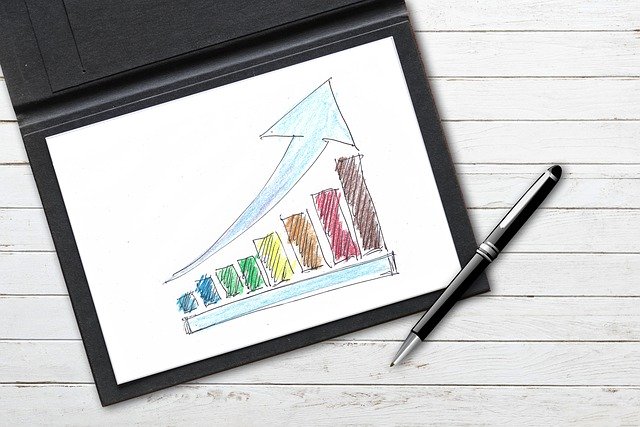This post is sponsored by Philip Morris International
The end game for all companies is to make a profit, but that doesn’t mean they have to do without respecting their impact on societies and the environment. Quite the opposite is true in fact. Today, more businesses are embracing what’s known as the triple bottom line, a concept that prioritizes people and the planet alongside profit.
Companies that embrace the triple bottom line are concerned with how their businesses affect people, both employees and citizens at large in the communities they serve. They also track their environmental impact and approach their work sustainably so that the planet does not suffer as a result of their line of business.
Although the phrase was coined over 25 years ago, the triple bottom line approach to business — which is used by some of the world’s biggest companies, including General Electric, Unilever and Procter & Gamble — has only recently been gaining traction across industries as consumers become more interested in supporting companies that align with their beliefs. Millennials, for example, are expected to spend $1.4 trillion this year covering all categories of their spending according to 5WPR’s 2020 Consumer Culture Report and 83% of them say they strongly feel that the brands they support should fit their values.
But consumer sentiment is not the only benefit of focusing on a triple bottom line. One example of a company with a triple bottom line approach is home goods store Ikea. In 2016, a year when the company sold over $37 billion in goods, it saved $1 million by recycling waste into its products. It has created a goal of sending zero waste to landfills globally, and 98% of its home furnishing materials are already made of renewables. This makes sense not just from a sustainability standpoint, but from a cost reduction one.
Another example of a company that has succeeded while embracing this model is the outdoor gear maker Patagonia. Not only does Patagonia, a Certified B Corporation, place a priority on advancing environmental causes, but it is well known for its employee-friendly work culture. Patagonia has employee turnover of just 4% thanks to practices such as on-site childcare and paying for nannies to accompany parents on business trips.
“Walking the talk” is an expectation that companies must now live up to as the political manifestation of social media enables consumers to call out disingenuous behavior on a global scale.
At the same time, the company has seen its profits grow. In 2012, it was one of the first to launch an anti-Black Friday campaign with an ad that said, “Don’t Buy This Jacket.” While the ad encouraged consumers to rethink purchases of items such as its top-selling fleece because of their environmental impact, it increased revenue because consumers were willing to buy quality items at a higher price – particularly from a company that took an ethical stand.
One of the challenges that companies with this approach face is how best to measure the “people” and “planet” aspects of their bottom line. They must consider what metrics to include. For example, when it comes to the planet, a company’s impact spans its greenhouse gas emissions, its energy usage, its water consumption, how much waste it sends to landfills, and even how the end product it creates is discarded. Profit can be measured in dollars, for example, but is there really an ethical way to measure sustainability or employee morale in monetary units? The Indiana Business Review proposes an index for measuring people, planet and profit that takes environmental, social and economic factors into account, allowing flexibility for what metrics within those categories are measured by an entity.
Enterprises may have their own custom way of measuring triple bottom line progress but what’s clear is that the trend of companies prioritizing more than just profits is here to stay. As consumers become even more aware of how corporate practices have an impact on society at large, their insistence that businesses engage in socially responsible practices is only likely to grow.
Here is some further reading on the triple bottom line:
A simple explanation of the triple bottom line, via University of Wisconsin
Business leaders must now turn positive ESG talk into long-term results, via World Economic Forum
10 Companies Saving the Planet (And Making A Ton of Money Doing It), via Buzzworthy
How You Can Implement the Triple Bottom Line, via Green Buoy Consulting
What Salesforce Does for Its Employees That Makes Other Companies Jealous, via Inc.
25 Years Ago I Coined the Phrase “Triple Bottom Line.” Here’s Why It’s Time to Rethink It., via Harvard Business Review
Positioned to Thrive: How Triple Bottom Line Companies Are Well-Prepared for the Coronavirus Pandemic and Beyond, via Antioch University
What The 3Ps Of the Triple Bottom Line Really Mean, via Forbes
Triple bottom lines: what are they, how to implement them and . . . should you?, via Medium
If you enjoyed this article, sign up for the Business Transformation SmartBrief to get news like this in your inbox, or check out all of SmartBrief’s business newsletters, covering topics such as leadership, human resources, small businesses and policy & advocacy.
